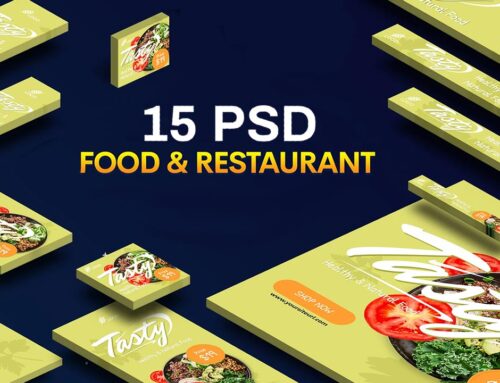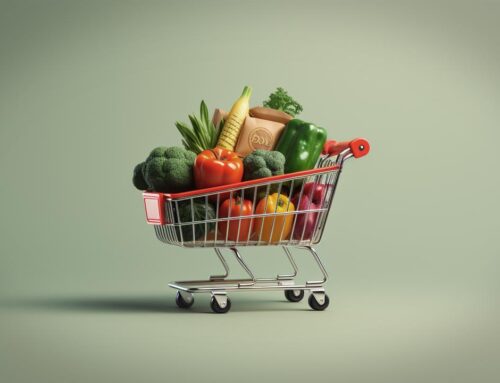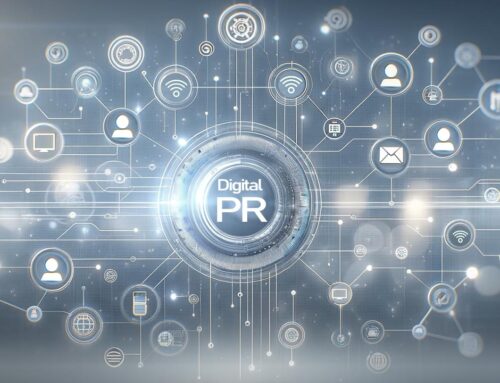Understanding the factors that influence consumer behavior can be the key to success for businesses of all sizes. One often overlooked aspect of consumer behavior is the role that emotions play in shaping purchasing decisions. By tapping into the emotional triggers that drive consumers to buy, marketers can create compelling campaigns that resonate with their target audience and ultimately boost sales.
In this comprehensive article, we will explore the top 10 emotional buying triggers that you need to know. From the powerful effects of social proof to the irresistible allure of exclusivity, we’ll delve into the psychology behind these triggers and offer actionable insights on how to leverage them in your marketing efforts.
By the end of this article, you will have a deeper understanding of how emotional triggers work and how you can use them to your advantage in your marketing campaigns. So, without further ado, let’s dive in and explore the top 10 emotional buying triggers.
Table of Contents
- Fear of Missing Out (FOMO)
- Social Proof
- Exclusivity
- Scarcity
- Curiosity
- Guilt
- Reciprocity
- Authority
- Prestige
- Belonging
1. Fear of Missing Out (FOMO)
The fear of missing out, or FOMO, is a powerful emotional trigger that can drive consumers to make impulsive purchases. FOMO is driven by the desire to be in the know and to have access to exclusive experiences, products, or deals.
How to leverage FOMO in your marketing:
- Create limited-time offers or flash sales that create a sense of urgency.
- Use countdown timers or stock indicators to emphasize the scarcity of your product or offer.
- Share testimonials or user-generated content from satisfied customers who have already taken advantage of your offer.
2. Social Proof
Social proof is a psychological phenomenon where people look to the actions of others to determine the appropriate behavior in a given situation. In the context of marketing, social proof can influence purchasing decisions by demonstrating that others have already chosen to buy a particular product or service.
How to leverage social proof in your marketing:
- Showcase customer testimonials and reviews prominently on your website and marketing materials.
- Highlight any awards, certifications, or media mentions your product or service has received.
- Utilize user-generated content, such as photos or videos of customers using your product.
3. Exclusivity
Exclusivity is a powerful emotional trigger because it plays on the human desire to feel special and unique. Offering exclusive products, deals, or experiences can create a sense of scarcity and urgency that drives consumers to buy.
How to leverage exclusivity in your marketing:
- Create limited-edition products or special packages that are only available for a limited time.
- Offer exclusive discounts or perks to your email subscribers or social media followers.
- Partner with influencers or celebrities to create co-branded products or events.
4. Scarcity
Scarcity refers to the perception that a product or service is in limited supply, which can create a sense of urgency and increase its perceived value. Consumers are more likely to make a purchase when they believe they may miss out on a good deal or opportunity if they don’t act quickly.
How to leverage scarcity in your marketing:
- Offer limited quantities of a product, and highlight the limited availability in your marketing materials.
- Use countdown timers, stock indicators, or messages such as “only X items left” to emphasize scarcity.
- Run limited-time promotions or sales, and make sure to communicate the end date clearly.
5. Curiosity
Curiosity is a natural human instinct that drives us to seek out new information and experiences. By leveraging curiosity in your marketing, you can pique consumers’ interest and motivate them to learn more about your product or service.
How to leverage curiosity in your marketing:
- Use intriguing headlines or ad copy that piques interest without revealing all the details.
- Offer sneak peeks or teasers of upcoming products, events, or promotions.
- Encourage user engagement by posing questions or creating interactive content that requires participation to reveal more information.
6. Guilt
Guilt can be a powerful emotional trigger when used correctly in marketing. By associating a purchase with the alleviation of guilt, you can make consumers feel as though they are doing something positive by choosing your product or service.
How to leverage guilt in your marketing:
- Emphasize the ethical or environmental benefits of your product, such as sustainable materials or fair labor practices.
- Partner with a charity or nonprofit organization and donate a portion of your proceeds to a good cause.
- Create content that highlights the negative consequences of not using your product or service, such as wasted resources or missed opportunities.
7. Reciprocity
The principle of reciprocity is based on the idea that people feel obligated to repay favors or kindness received from others. By offering something of value to your customers for free or at a discounted price, you can create a sense of obligation that encourages them to make a purchase in return.
How to leverage reciprocity in your marketing:
- Offer free samples, trials, or consultations to give customers a taste of your product or service.
- Provide valuable content, such as educational resources or informative blog posts, free of charge.
- Create loyalty programs or reward systems that incentivize repeat purchases.
8. Authority
Consumers often look to experts or authoritative figures for guidance when making purchasing decisions. By establishing yourself or your brand as an authority in your industry, you can build trust and credibility with your audience.
How to leverage authority in your marketing:
- Showcase your expertise through thought leadership content, such as blog posts, podcasts, or webinars.
- Highlight any certifications, awards, or endorsements your product or service has received.
- Collaborate with industry experts or influencers to co-create content or promote your product.
9. Prestige
Prestige is an emotional trigger that appeals to consumers’ desire for status and recognition. High-quality, luxury, or exclusive products and services can evoke feelings of prestige and elevate consumers’ self-image.
How to leverage prestige in your marketing:
- Position your product or service as a luxury or premium option through branding, packaging, and pricing.
- Highlight the unique features or benefits of your product that set it apart from competitors.
- Use aspirational imagery and messaging in your marketing materials to evoke a sense of prestige and luxury.
10. Belonging
The need for belonging is a fundamental human desire, and consumers often seek out products and experiences that help them feel connected to a group or community. By fostering a sense of belonging among your customers, you can create loyal brand advocates and encourage repeat purchases.
How to leverage belonging in your marketing:
- Build a strong brand community through social media, online forums, or in-person events.
- Share user-generated content and customer stories to highlight the experiences of real people using your product or service.
- Create exclusive clubs or membership programs that offer special perks and foster a sense of community among your customers.
Final Thoughts
Understanding and leveraging the top 10 emotional buying triggers is essential for creating effective marketing campaigns that resonate with consumers on a deeper level. By tapping into these powerful emotional drivers, such as fear of missing out, social proof, and exclusivity, marketers can not only increase sales but also foster lasting relationships with their customers.
The most important takeaway from this article is that emotion plays a crucial role in consumer behavior and purchasing decisions. By recognizing and harnessing these emotional triggers, businesses can create more impactful and persuasive marketing campaigns that ultimately lead to greater success in today’s competitive marketplace.
Sources
- Cialdini, R. B. (2006). Influence: The Psychology of Persuasion. New York: HarperCollins.
- Godin, S. (2008). Tribes: We Need You to Lead Us. New York: Portfolio.
- Hoyer, W. D., & MacInnis, D. J. (2020). Consumer Behavior. Boston: Cengage Learning.
- Iyengar, S. S., & Lepper, M. R. (2000). When choice is demotivating: Can one desire too much of a good thing? Journal of Personality and Social Psychology, 79(6), 995-1006.
- Kahneman, D. (2011). Thinking, Fast and Slow. New York: Farrar, Straus and Giroux.
WikiLinks:








